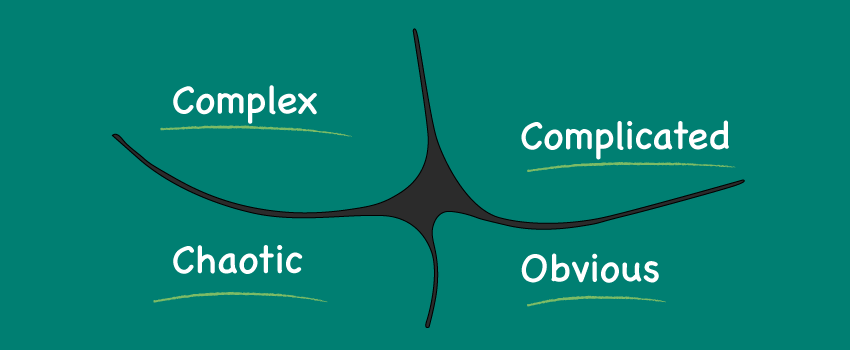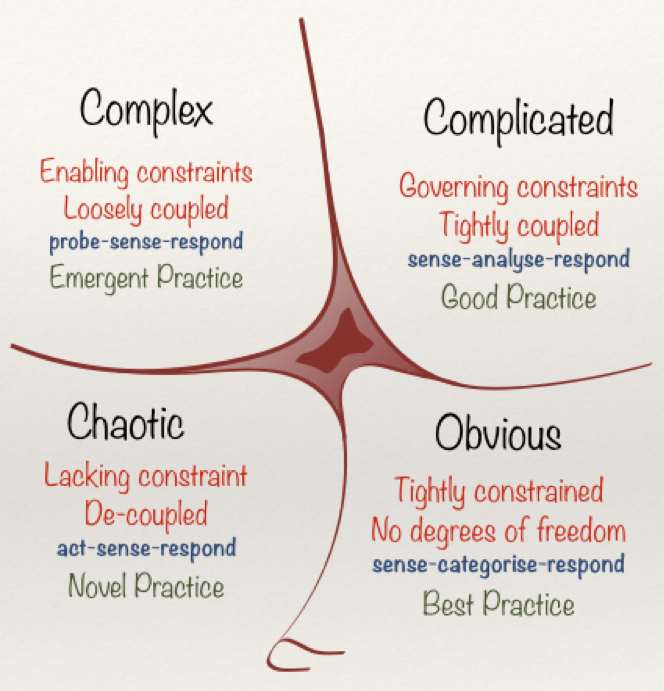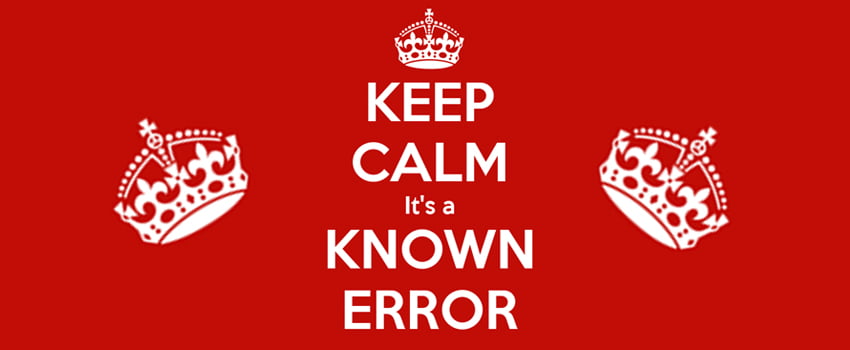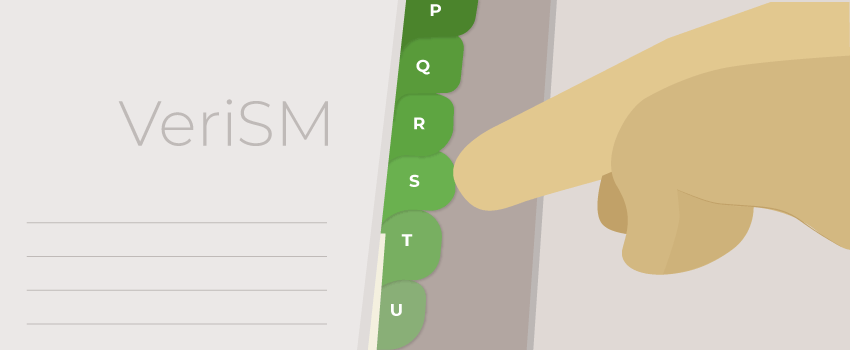
An A-Z of Cynefin
The Cynefin framework is an approach designed to help leaders to make sense of the situations that they, their team, and their organization face such that they can make effective decisions. After all, when a situation is not properly understood it can be very difficult for people to make decisions that result in positive outcomes – with this where many organizations go wrong in trying to tackle a situation in the wrong way.
Using the Cynefin framework, leaders can categorize the situations they face, which then enables them to better understand how to approach what’s happening. To help understand the Cynefin framework further please continue to read my latest A-Z blog post.
Using the #Cynefin framework, leaders are enabled to better understand how to approach whatever is happening. To help understand the Cynefin framework further, read this blog by @Joe_the_Guy. Click To TweetAdaptable
First and foremost, the Cynefin framework will help you to be more adaptable when it comes to decision-making. Rigidity in decision-making can break an organization, especially if you always respond in the same way. Because sooner or later that response isn’t going to work for you. Instead, the Cynefin framework allows you to assess your situation and to then respond accordingly.
Best practice isn’t always the right solution
In helping you to become more adaptable when it comes to decision making, the Cynefin framework allows you to understand that best practice is not always the right option. Some organizations make the mistake of forcing best practice upon every situation – believing that this must be the best way (after all, it’s in the name) but this isn’t always the case. The Cynefin framework can guide you to respond with best practice in the right situations but also to consider situations where it might actually act as a blocker to success.
In helping you to become more adaptable when it comes to decision making, the #Cynefin framework allows you to understand that best practice is not always the right option, says @Joe_the_IT_Guy. Click To TweetCategorize your situations
The Cynefin framework is made up of five domains (please see the letter F), these domains are essentially categories in which to fit your situations. Once you know which domain your situation fits within you can then use the guidance from that domain to act accordingly (in decision making).
Dave Snowden and Mary Boone
Dave Snowden originally created the Cynefin framework in 1999 while working with IBM who went on to use it to enable their leaders to make more effective decisions. He later published it, along with his colleague Mary Boone, in the Harvard Business Review and it has since been used by organizations worldwide across various industries (please see the letter V).
Effort
The Cynefin domains can help you to understand when situations will require little effort and when more effort will be needed to reach your end goal. For example, some situations will be “known” – where the cause and effect are well known, and so little effort is needed here. Others will not be quite so straightforward and so more effort will be needed to understand the cause and effect relationship.
Five domains
There are five domains in the Cynefin framework – disorder, obvious, complicated, complex, chaotic. Each domain contains a type of constraint, practice, and advice on how to respond to the situation. The right-hand side of the framework (shown below) details “ordered” situations and the left-hand side details those that are “unordered.”

Image source: Wikipedia
Disorder: When you don’t understand which of the other four domains your situation fits into. Disorder is definitely not where you want to be and so this domain works to push your situation into any one of the other four domains. The advice here is to break down your situation into parts (“sub situations” if you like) and to then fit these parts into the other domains from where you can begin to act on them.
Obvious: It’s the first of the “ordered” categories, and here you’ll find best practice and rigid constraints. The obvious (previously known as simple) domain is for those situations where the outcome is known. Best practices can be applied, and rules can be followed. There are no gray areas or confusion. In the obvious domain the Cynefin framework says that it’s best to “sense-categorize-respond,” i.e. to know the facts of the situation, categorize it accordingly, and to respond with best practice or to apply rules. Little effort is needed here because the cause and effect relationship is known – you do A, and you do B, and the outcome is always C. Simple. Obvious…
Complicated: This domain contains governing constraints, uses good practice, and suggests that you “sense-analyze-respond.” So, gather incoming data, analyze it, and respond using good practice. Because the situation is more complicated than in the obvious domain, best practice may not apply. These situations often require various responses and forcing them down the best practice route can lead to poor results. The complicated domain, although ordered, can be difficult and so will often require experts to assist in discovering what the cause and effect relationship is.
Complex: When situations fall into the complex domain, the cause and effect relationship is not known; only looking back on the situation can it be understood.
Dealing with the complex is all about pulling things apart and trying different things out – experiment and work out what to do as you go along, there’s no right answer, only trial and error until you find success. Cynefin’s advice in these situations is to “probe-sense-respond.” Here it’s important to have an environment where failure is an option such that the complexity of the situation can be explored confidently.
Chaotic: Total chaos requires immediate action to help push the chaotic situation into a complex one instead. Where experimentation can then take place. In their Harvard Business Review article, Dave and Mary state that managers should “act-sense-respond” here – act to establish order, sense where stability lies, and respond to turn the chaotic into the complex. This domain has no constraints, there are no patterns, the only answer here is to act such that constraints can be created, and order can be found. Only then can further decisions be made on what to do next.
Grinding to a halt
When managers use their preferred management approach to respond to every situation that they’re faced with they’ll often find themselves grinding to a halt because one style cannot resolve all situations. Instead, flexibility in management approach is imperative to success in any organization and the Cynefin framework can help leaders to adapt and respond effectively to different situations.
Habitat
Cynefin is a Welsh word that has no direct translation to English. Dave was attracted to the idea of having to explain the word via a narrative as he states in a blog post, “a name which requires a story to explain its meaning avoids confusion or association with existing concepts.” Roughly translated it can mean habitat or familiar, with it chosen because it’s said to offer people a “sense of place” – a viewpoint whereby they can view situations in order to help themselves understand how to respond. To learn more about the origins of the name please read the full blog post.
Identifying situations
Identifying which situation you’re in is the most important step you can take to enable yourself to respond in the correct way. After all, without identifying where you are how can you expect to react effectively? The Cynefin framework helps leaders to take this step and gives them the tools they need to move through the domains if needed.
Justifying decisions
Because the framework helps you to understand how to manage situations and which decision-making process to apply, you can have greater confidence when justifying your decisions should you need to do so.
Knowledge management origins
Dave worked for IBM as the Director of the Institution for Knowledge Management and has also won a special award from the Academy of Management for originality in his work on knowledge management. He’s an editorial board member of various academic and practitioner journals in the field of knowledge management too. Why am I mentioning knowledge management? His passion and experience within this field has assisted in the creation and development of the Cynefin framework.
Limited selection of contexts
Critics of the framework state that there’s a limited selection of contexts in Cynefin. They believe that not all situations can be categorized into one of only five domains and that it, therefore, cannot be used in absolutely every industry or job category that exists. This doesn’t seem to be a barrier to all the organizations currently using it globally.
Multiple factors in our environment
The Cynefin framework appreciated and accounts for the fact that there are multiple factors that make up our environment. It’s for this reason that making decisions in the same way time and time again can be damaging. The framework assists in helping us to understand which factors are present and therefore which actions will need to be taken.
Not a model
Cynefin is a sense-making framework and not a model. In the words of Dave, “a model seeks to represent reality, a framework is a way of looking at reality.” It’s important to know the difference here and to understand that Cynefin is not representing reality but helping us to look at it, and to make sense of it.
It’s important to understand that #Cynefin is not representing reality but helping us to look at it, and to make sense of it. – @Joe_the_IT_Guy Click To TweetOpen minds
The Cynefin framework pushes leaders to be open-minded to the possibilities out there. To be more flexible in their approach to making decisions. And to improve themselves and their organizations by adapting to situations rather than forcing situations into predetermined boxes.
Promoting resilience
The Cynefin framework can help organizations to build resilience over time. Because it’s open to mistakes and the fact that failure will happen on occasion. It’s by acknowledging this that the framework introduces the way to earlier detection and therefore a faster recovery, making organizations more resilient.
Quicker pace
By being resilient in this way, organizations are able to move at a quicker pace compared to their competitors. If you can react efficiently when things go wrong, you can advance to the next stage sooner. Whereas organizations without this resilience in place will waste time “playing the blame game” before trying to get back on track.
Real disorder is acknowledged
As explained in the five domains, real disorder is also accounted for under the framework. Cynefin doesn’t try to fit all situations into neat categories straight off the bat, instead it understands that there are situations that occur that will have no order or clarity. What it then attempts to do is to help management to act quickly to find some kind of order such that they can begin to tackle the situation using the tools within the framework’s other domains.
Sense-making
I’ve already mentioned that Cynefin is a sense-making framework but what does this actually mean? In a sense-making device, data will precede the framework, in a categorization model the framework will precede the data (yes, my head hurts too). Essentially then, Cynefin needs data before it can be used. You don’t learn the framework and apply it to incoming data; you get the data in front of you and then pick up the framework to help you make sense of what it is you’re dealing with.
#Cynefin needs data before it can be used. You don’t learn the framework & apply it to incoming data; you get the data in front of you & then pick up the framework to help you make sense of what it is you’re dealing with. Click To TweetThink differently
Complex situations can be messy and unpredictable. So, thinking differently to how we may have done in the past can lead to us finding new ways of responding to, and dealing with, the situations that we face.
Unpredictable world
We live in an unpredictable world, a world where the rate of change is speeding up and the need for change is inevitable. This unpredictability needs to be faced with tools that can help us to make sense of our situation(s). Frameworks such as Cynefin can be our go-to assistance when we need help in understanding what decisions and actions we should take.
Various industries use the Cynefin framework
Originally used by IBM, the Cynefin framework has since been adopted by government administrations, the military, and food-chain management, security, and software development organizations plus others.
Will the Cynefin framework work for your organization?
When organizations use proven tools such as the Cynefin framework well, they’re far more likely to have more motivated teams and produce better results. Cynefin has been used across multiple industries and by a wide variety of organizations but will it work for you? Why not explore the Cynefin framework further to find out?
Xena: Warrior Princess
Xena is known to have used Cynefin to help her make decisions during her quest to help those in need… probably… (OK, you know I always struggle with the letter X in my A-Z lists).
Yesterday’s solution might not work today
I’ve probably already mentioned this enough by now, but for me, the real purpose of the Cynefin framework is to help us to understand that repeatedly responding in the same way to every situation will not work. What worked yesterday was great, but it doesn’t mean that it will carry across into the next chaotic situation that you face. Only in the obvious domain will you find that yesterday’s thinking will carry across to today’s working.
The real purpose of the #Cynefin framework to me is to help us to understand that repeatedly responding in the same way to every situation will not work, says @Joe_the_IT_Guy. Click To TweetZone of complacency
The Cynefin framework shows us that there’s a boundary between the obvious domain and the chaotic one, a boundary known as the “zone of complacency.” This is to say that if we become too complacent in our obvious situations, then we may find we “fall over the cliff” from the obvious into the chaotic. This situation needs to be avoided wherever possible – because the obvious domain requires little effort but falling into chaos and getting back out again will result in huge efforts being made simply to get back to where we were. This is effort that would be better placed in other situations where it would add more value.
What do you think of the Cynefin framework? Have you used it in your organization? Which letters would you replace in my A-Z list? Please let me know in the comments.







